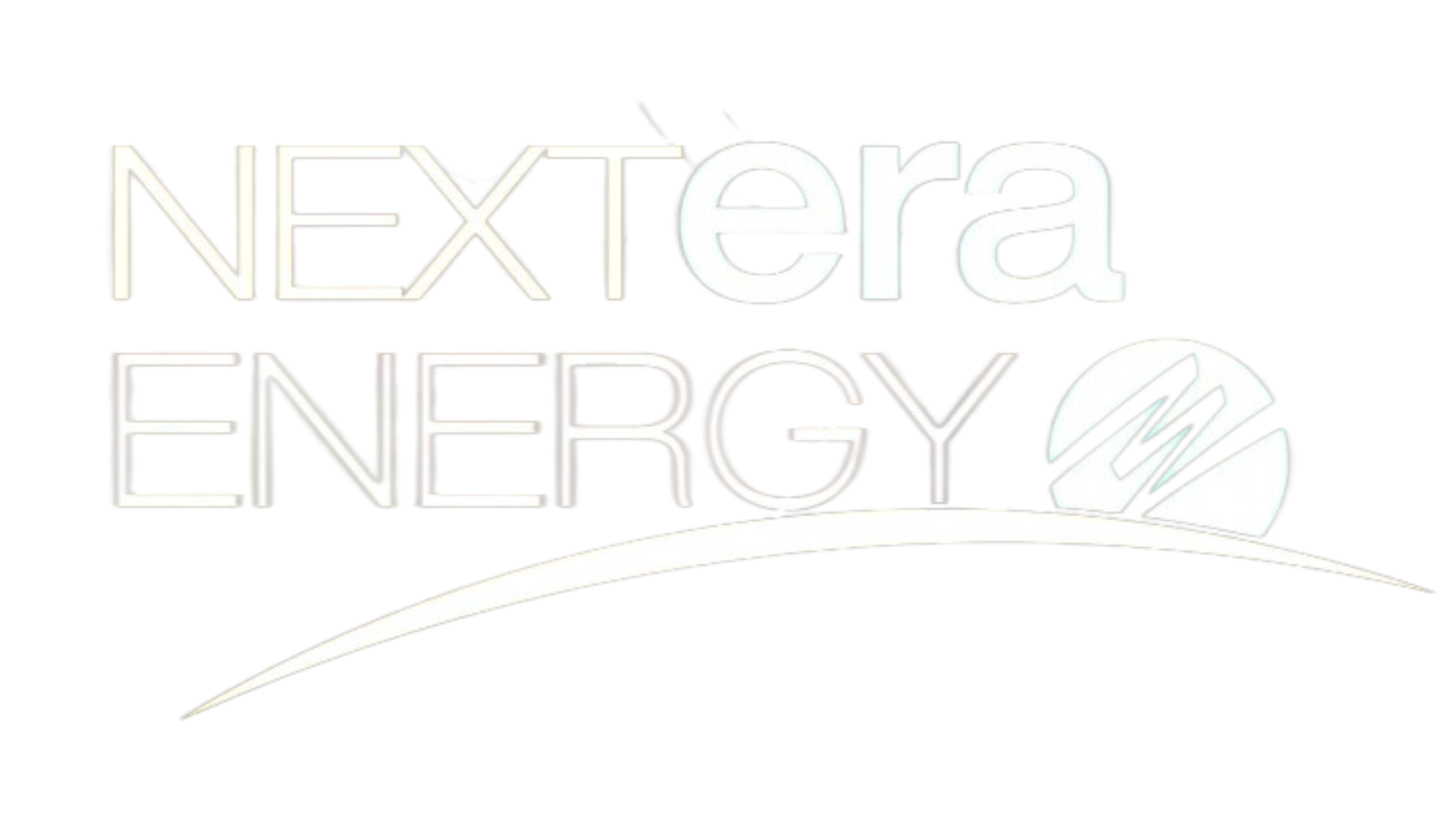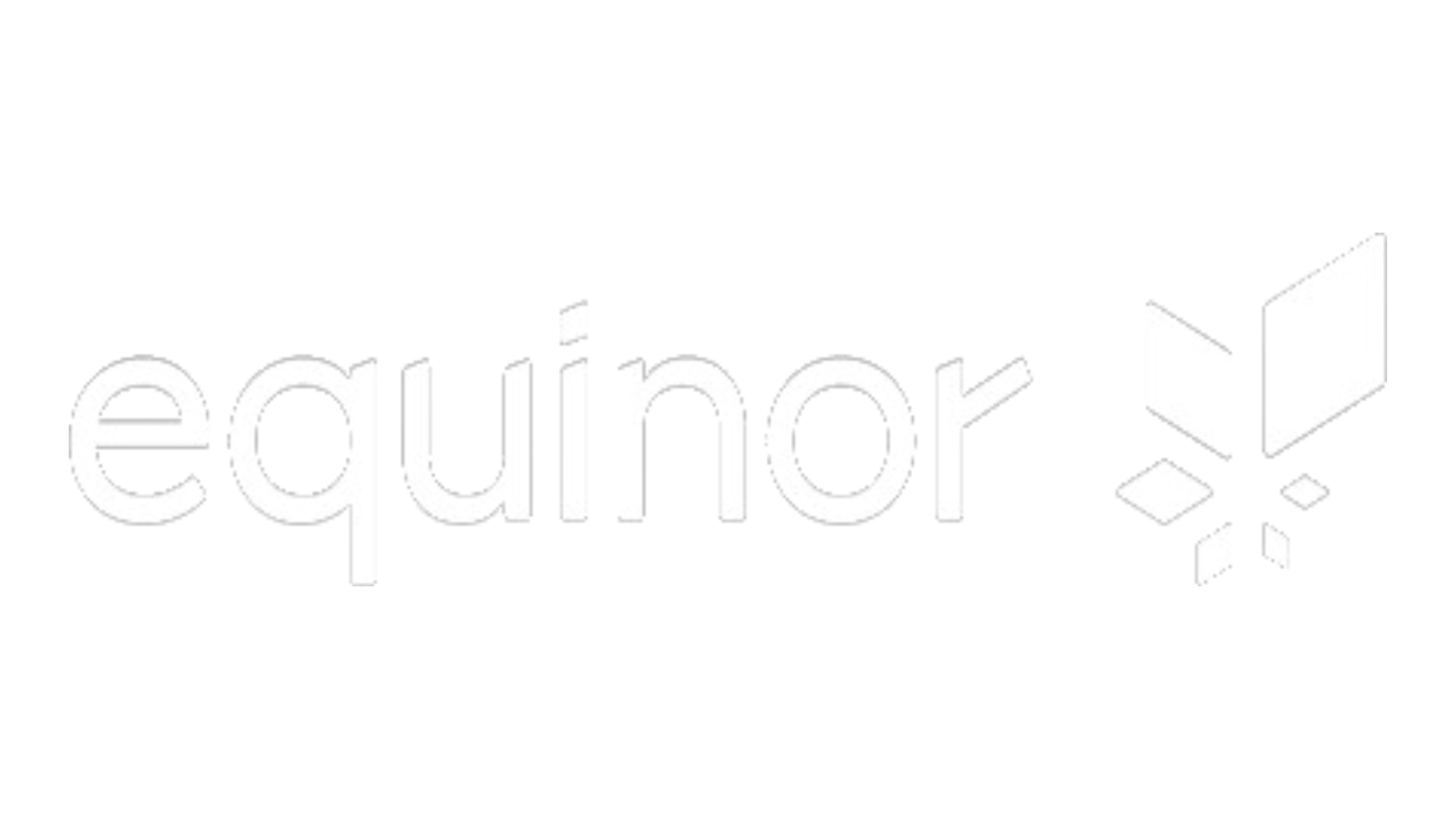New York City’s curbside composting program, which has been a longtime priority for the League, is now available in all five boroughs, with service having started for ALL Bronx, Manhattan and Staten Island residents beginning on October 6. How do you compost and what items are eligible? It’s pretty straightforward. Yard waste, food scraps and…
National Drive Electric Week comes at an important time in our effort to drastically increase the number of electric vehicles on the road. We hope that the annual event, running from September 27 to October 6, with scores of events planned nationwide, in every state except Georgia and North Dakota, will spark plug everyone’s interest in going electric.
By Peter Aronson It’s Time is the theme of Climate Week NYC 2024. This name could not be more timely. 2024 appears poised to be the hottest year on record, surpassing 2023, and we experience weekly, if not daily, reminders how global warming impacts us, from hurricane Francine and the wildfires out west to the…
By Peter Aronson The New York League of Conservation Voters Education Fund believes strongly that everyone can make a difference in our collective fight against climate change. These actions can come in small and big ways: For example, in our homes, we can use less energy; in the community, we can walk or ride a…
By Peter Aronson Providing clean drinking water for New York State’s 19 million residents is of paramount concern for New York state officials. It is a complex process, given that 95 percent of all New Yorkers receive their drinking water from almost 9,000 different public water systems in the state. This ranges from the smallest…
NYLCVEF’s weekly Citizen Toolkit writer, Peter Aronson, will return next week. We hope you enjoy this article from our guest author, Hazel Russo Aronson, with an introduction by Peter: [This the first article written by Hazel Russo Aronson, sometimes referred to as Princess Hazel, or, sorry, just plain old Baby, or Baby Girl. She knows…
New York City, like many cities around the country, is preparing to replace lead service lines that deliver drinking water to their constituents, an initiative proposed by the federal Environmental Protection Agency in their revisions to the 1991 Lead and Copper Rule. Understanding the history of how these lead pipes got here in the first place is critical as the New York City Council contemplates a program to remove all lead service lines. A drinking water service line is the pipe that delivers water from the water main in the middle of a street to a property. In New York City, lead service lines were permitted to be used until 1961, and as far back as 1858 until about 1936, the city not only permitted the use of lead pipes, but encouraged or specifically required it.
Like last year, the summer of 2024 has posted day after day of scorching heat, breaking record after record in swift succession. With summer heat waves now imposing on late spring and early autumn, it’s important to understand that the impacts of climate change extend to the classroom.
“Without air conditioning, a 1°F hotter school year reduces that year’s learning by 1 percent,” according to UCLA research, adding that “hot school days disproportionately impact minority students, accounting for roughly 5 percent of the racial achievement gap.”
Although the solution is bigger than any single individual, each one of us can do our part to fight climate change and leave a healthier planet to future generations. With back-to-school right around the corner, we hope parents, guardians and students will take advantage of this new beginning to instill these eco-friendly practices into your school routine.
We invite you to download our “Tips for Conserving Water” flyer here. Water conservation is an essential component of environmental protection. From cars to lawns to hoses to laundry, and more, here are a series of simple steps each of us can take to help conserve our most precious resource. Limit your showers to eight…









